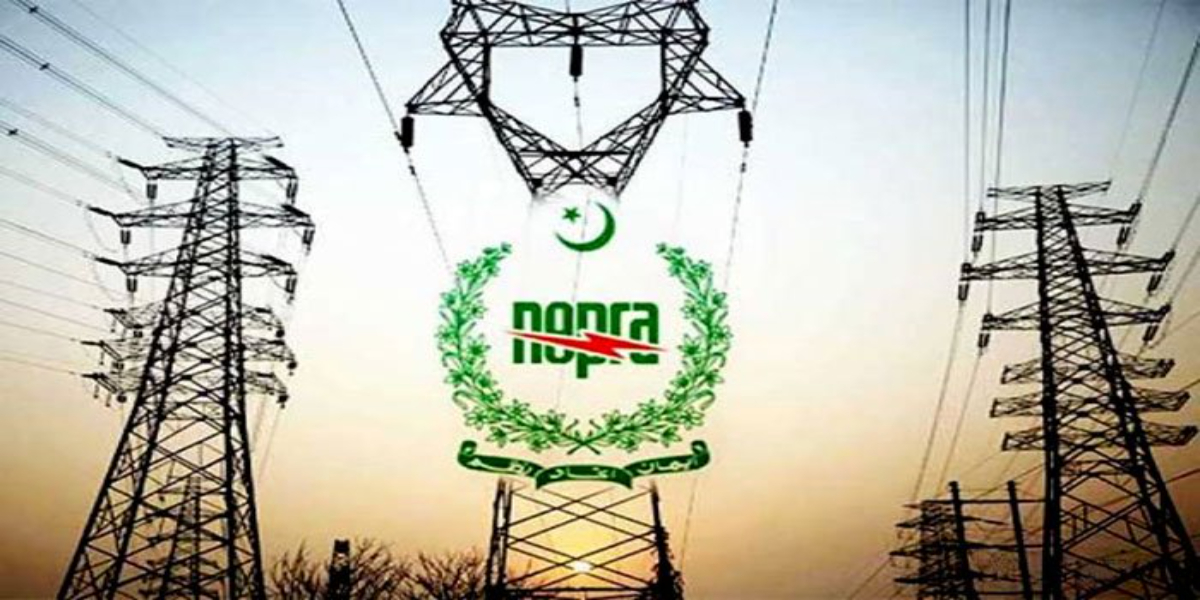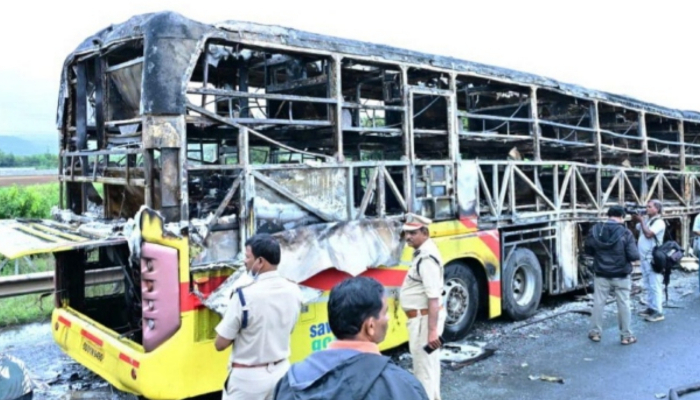KARACHI: The National Electric Power Regulatory Authority (Nepra) on Thursday allowed ex-Wapda distribution companies to charge their consumers an additional fuel cost of Rs5.94/kWh on the consumption during January 2022.
Nepra observed that the energy from costlier residual fuel oil (RFO) and high-speed diesel (HSD)-based power plants was generated to the tune of over Rs43.62 billion during January 2022.
The authority has been repeatedly directing National Power Control Centre (NIPCC), National Transmission and Dispatch Company (NTDC) and the Central Power Purchasing Agency (CPPA-G) to provide complete justification in this regard, to the satisfaction of Nepra and submit complete details for deviation from the Economic Merit Order (EMO), showing hourly generation along with the financial impact for deviation from EMO, if any, and the reasons, thereof.
One of the Nepra members noted the average regasified liquefied natural gas (RLNG) allocated to the power sector was 124mmcfd against the total demand of 510mmcfd that resulted in the financial impact of Rs7.74 billion during the month.
“As the RLNG is an imported fuel and its availability can be ensured through better supply chain management; accordingly, such mismanagement into the availability of required RLNG can’t be passed on to the consumers,” Rehmatullah Baloch, the Nepra member, said.
He also expressed reservations on the purchase of electricity from all those independent power producers, whose power purchase agreements (PPAs) were amended and extended with the approval of the authority.
According to the petition, the total energy generated in January was 8,797GWh at a total price of Rs107.5 billion, which is Rs12.2199/unit. Of the total, the net electricity delivered to the distribution companies was 8,420.73GWh with the transmission losses of 330.85GWh.
According to the data provided to the Nepra, the most expensive sources of energy generation, including high-speed diesel (HSD) and residual fuel oil (RFO) were consumed more than in the previous months, which also jacked up the total cost of generation, while the least expensive (renewable) share reduced drastically during the month. Interestingly, the share of the RLNG-based power has also reduced significantly.
The highest share of energy source in the total pie was that of coal. The power generated from coal was 2,916.7GWh, or 33.15 per cent, with a cost of Rs14.1049/unit. Its cost was also much higher due to the price hike in the international market. It was followed by the local natural gas and nuclear sources with 14.37 per cent (1,264GWh) each, while the gas charges were Rs7.747/unit.
The furnace-based electricity was generated of around 1,238.11GWh (14.07 per cent) with a unit cost of Rs22.807. The energy generated from imported RLNG was 626GWh, or 7.12 per cent, of the total generation with a cost of Rs16.703/unit. The HSD-based energy was generated of 592GWh, costing Rs25.98/unit. Interestingly, due to the normal water shortage in dams in the winter season, the share of hydropower generation was only 512.94GWh, or 5.83 per cent, in January.
From Iran, 31.65GWh, or 0.36 per cent, electricity was imported at a cost of Rs15.007/unit. From wind and solar, 194.88GWh and 46.58GWh electricity were generated, respectively. From Bagasse, 107.13GWh, or 1.22 per cent, electricity was generated at a cost of Rs5.98/unit.
For the last several months, due to high imported fuel prices, Nepra has been allowing the distribution companies to collect the additional amount from the power consumers.

















